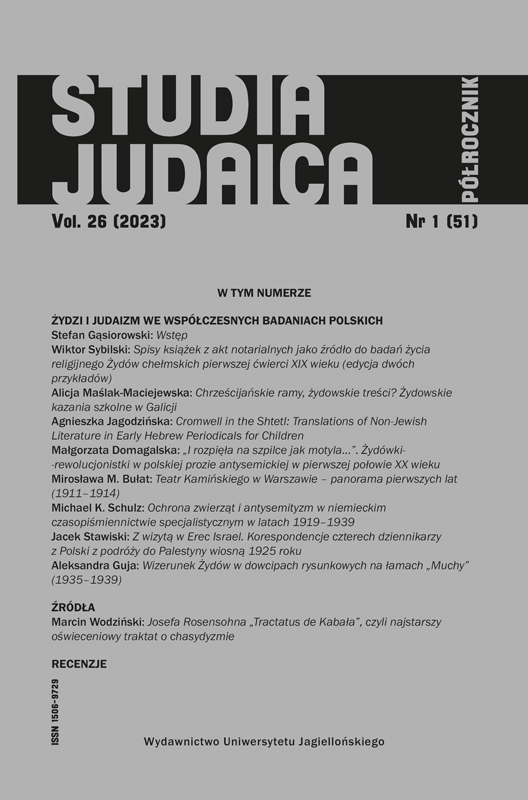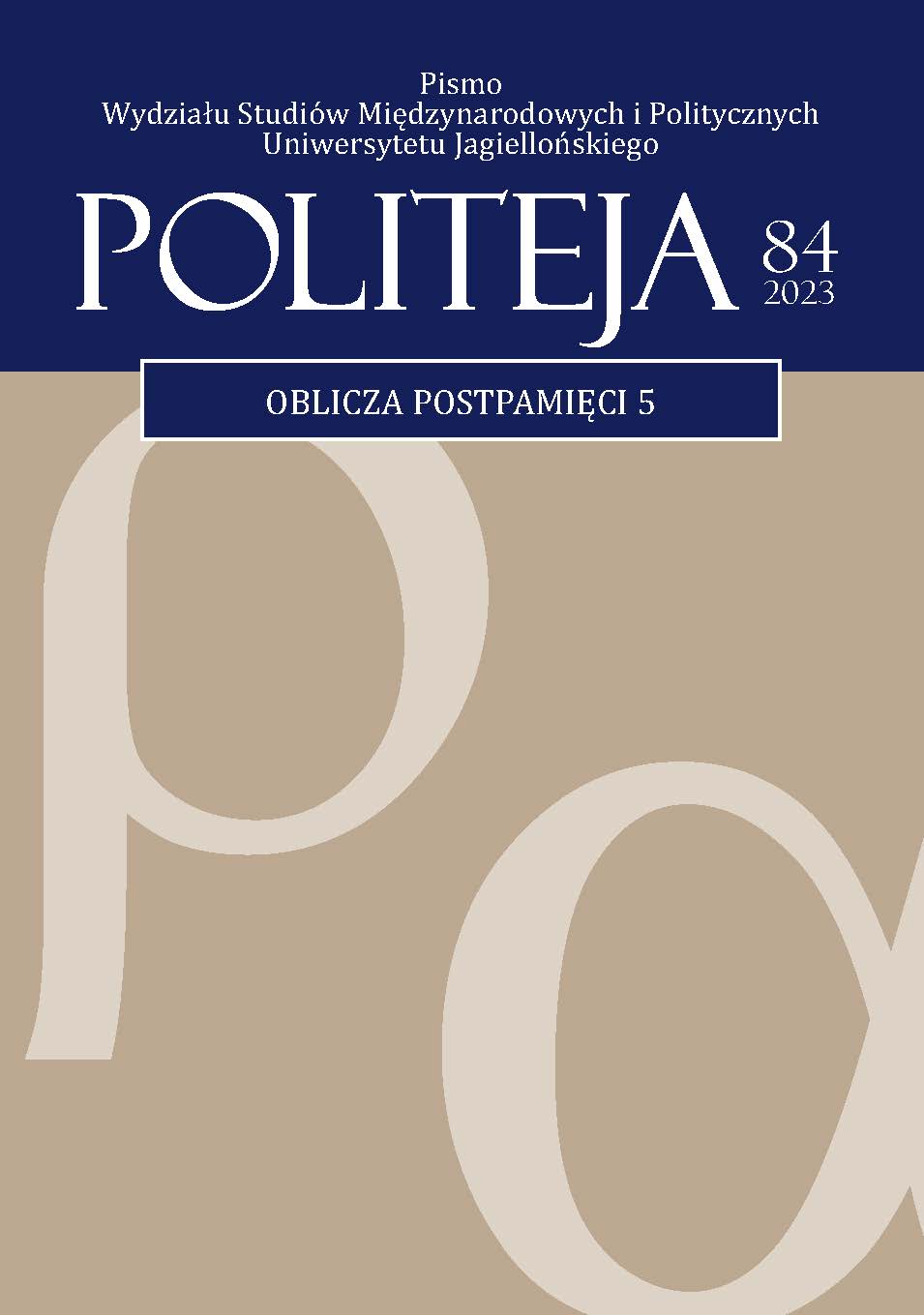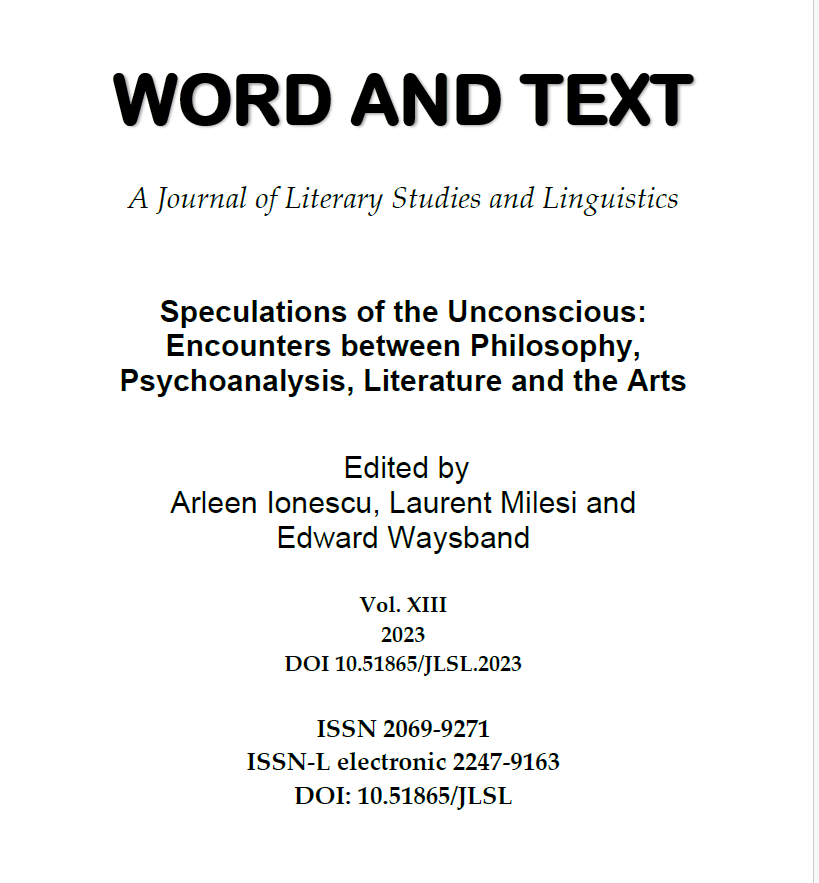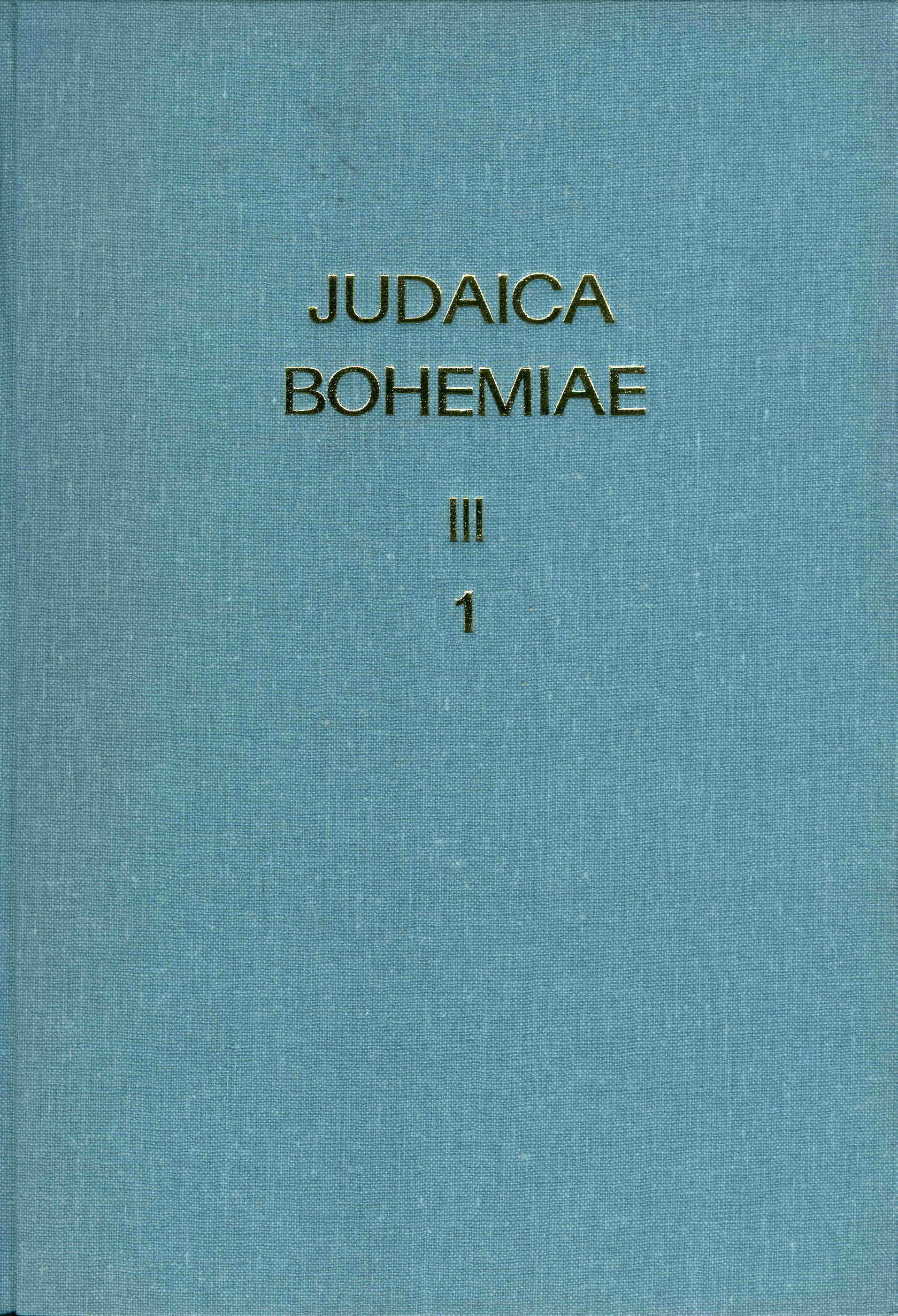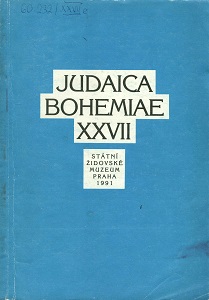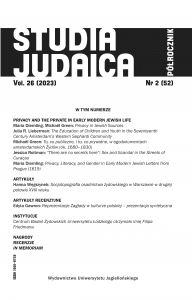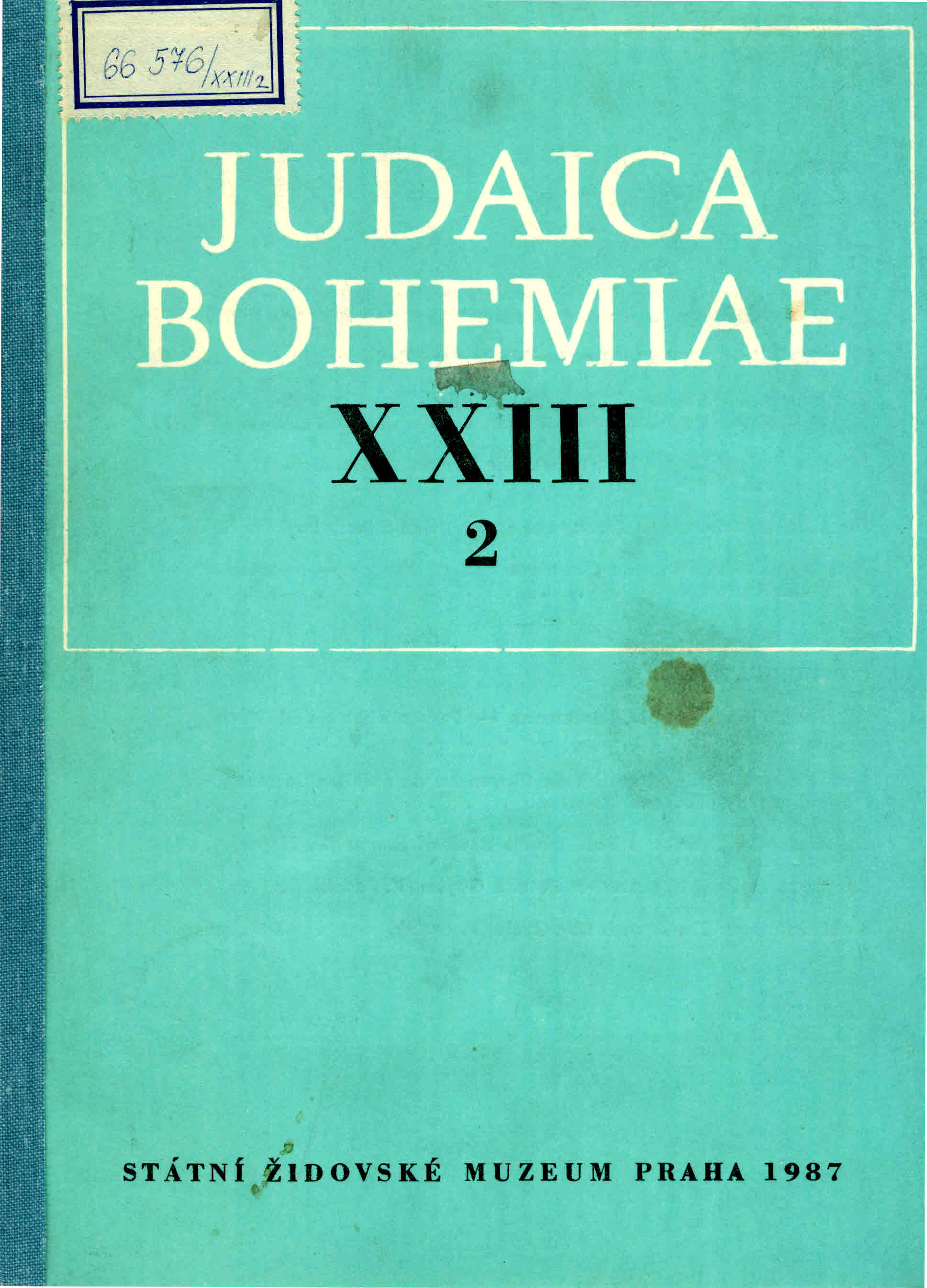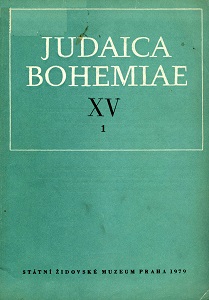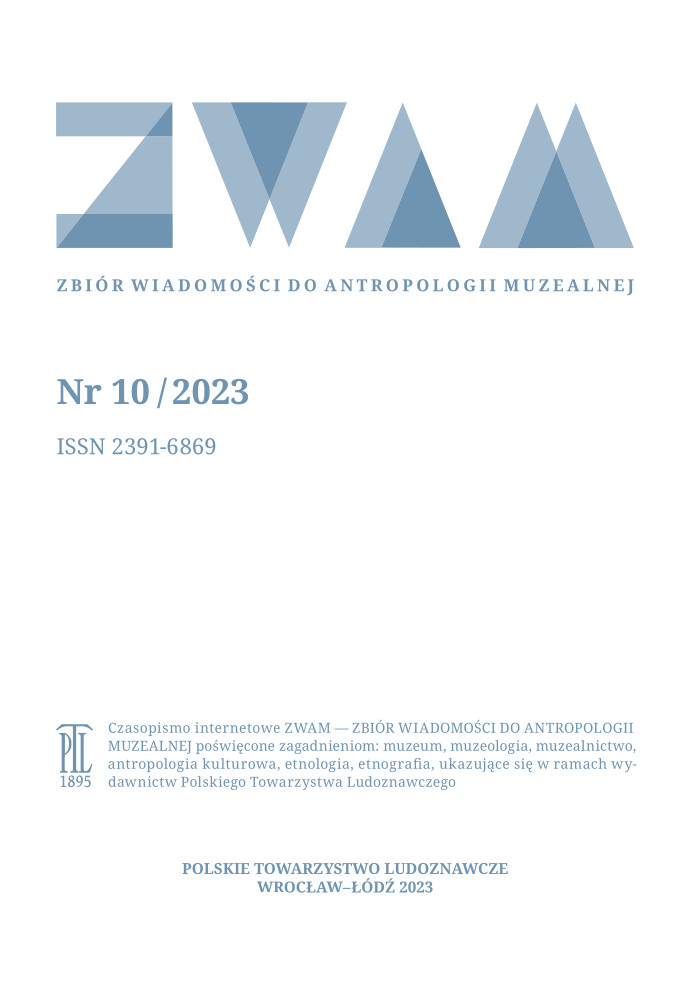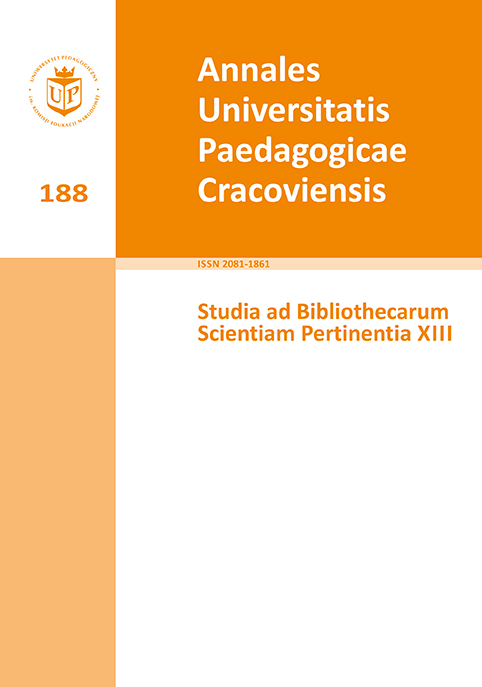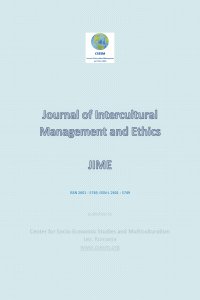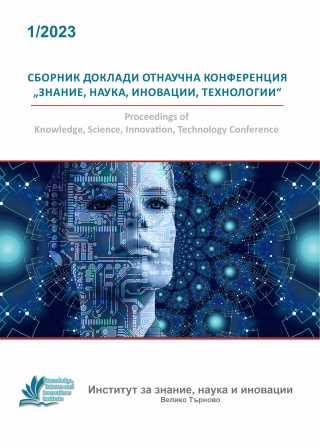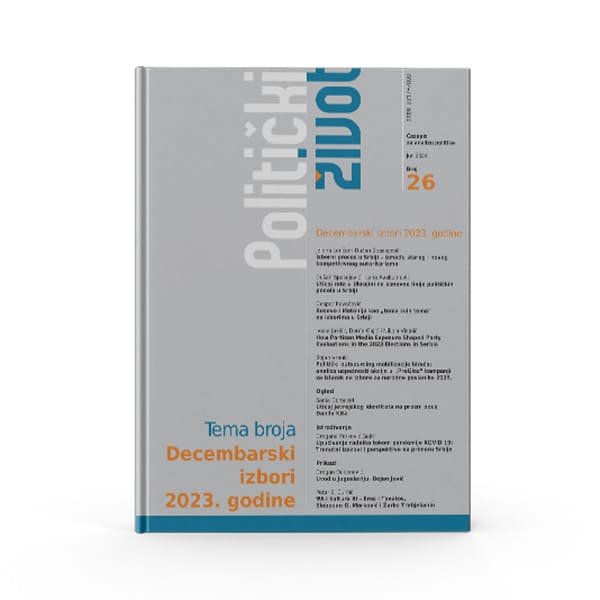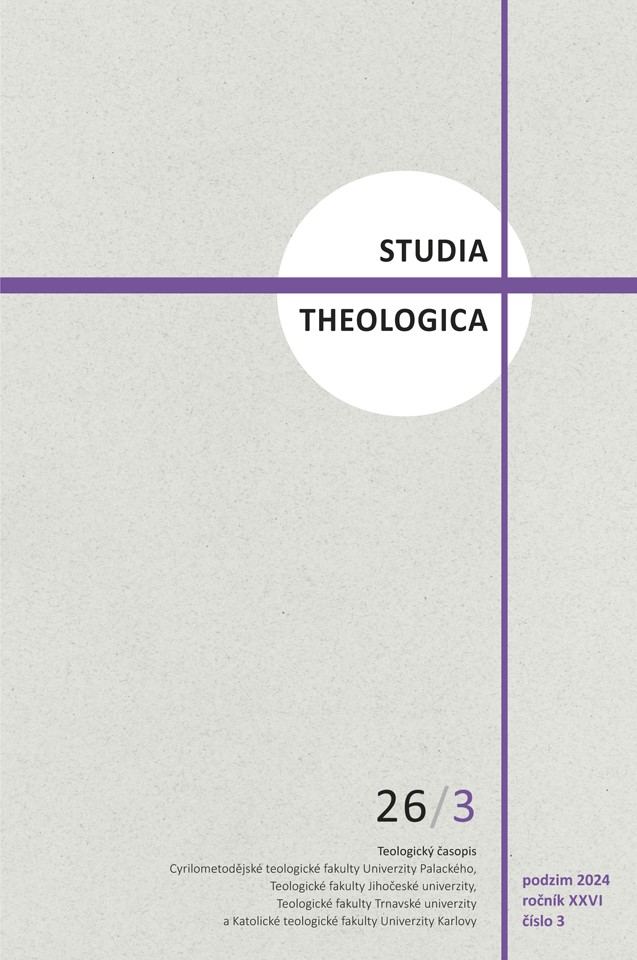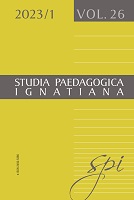
Landmark Events in the Lives of the Characters in the Film The Purim Miracle
In this article, I analyze the fate of the protagonists of the film The Purim Miracle. The purpose of the analysis is to reconstruct their fate and to show the transformations that took place in their lives. The article consists of two parts: theoretical and analytical. In the introduction, I present a historical outline of Purim, the most important holiday for Jewish people, called the Jewish carnival. In the theoretical part, I summarize the issues that relate to landmark events in human life. Then I explain the issues concerning biographical process structures as seen by Fritz Schütze. In the analytical part, I describe the fate of the protagonists of The Purim Miracle, namely the parents (Jan and Jadwiga) and their son (Henio). The process of discovering one’s origins is a watershed event for both the whole family and individual family members. It causes changes in their lives, which requires from them biographical work. The fate of the characters is interpreted in relation to the process structures distinguished by Fritz Schütze. The title of the film itself is symbolic, as it refers to the holiday during which the characters converted from Catholics to Jews. The biculturalism of the family is revealed not simultaneously, but linearly
More...
